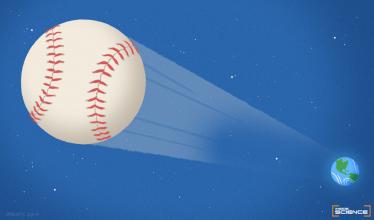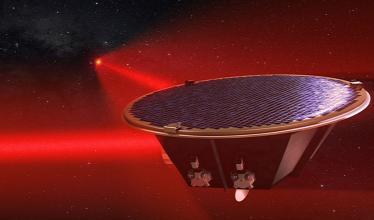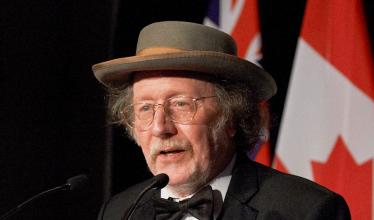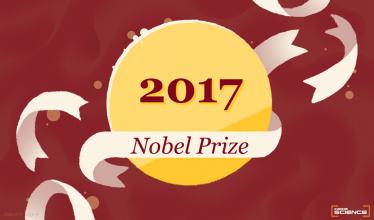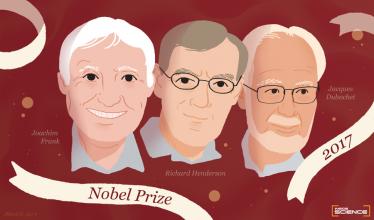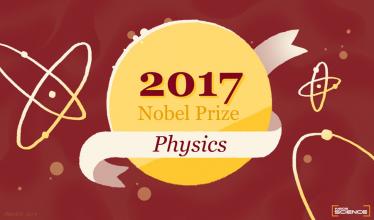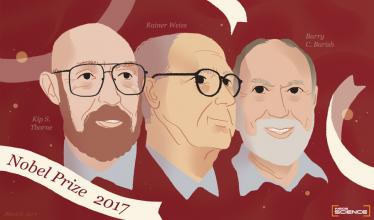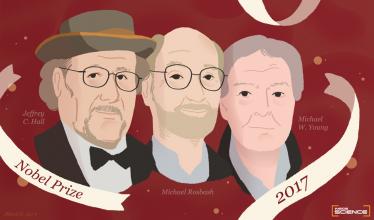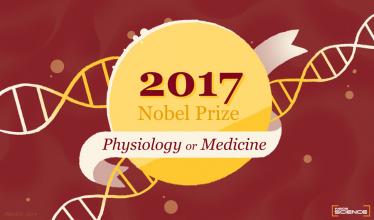Nobel Prize coverage archive
Anything that has mass and moves can give off gravitational waves, but for familiar items they are extremely tiny.
A 100-year-old theory helped open up a brand-new world of astronomy.
The distinctive head toppers of medicine prize winner Jeffrey Hall are a testament to his keen interest in the Civil War.
Beginning early Monday morning, Inside Science will cover the discoveries behind three of the most anticipated science prizes of the year.
So-called cryo-electron microscopy can see the atoms of biological proteins in water.
Cryo-electron microscopy helps scientists see the structure of biomolecules down to each individual atom.
The 2017 Nobel prize honors three for the first observation of gravitational waves.
The 2017 Nobel Prize honors a discovery that Einstein predicted more than 100 years ago.
Research on fruit flies led to the discovery of the mechanisms behind "circadian" rhythms, and the 2017 Nobel Prize in physiology or medicine.
Three American biologists who discovered molecular mechanism behind "circadian" genes share 2017 Nobel Prize in Physiology or Medicine

